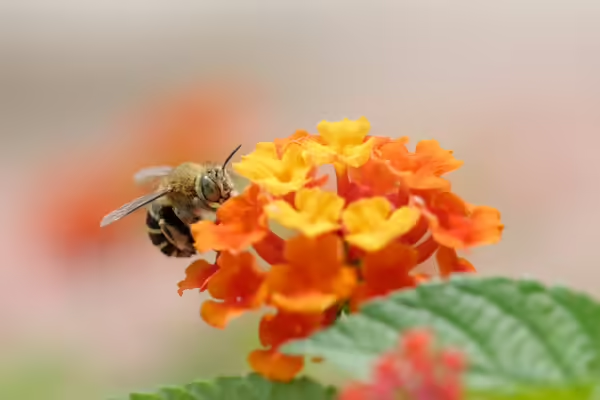
DANVILLE, Ill. - University of Illinois Extension Horticulture Educator Ryan Pankau will present a free program exploring the essential connection between plants and pollinators on Tuesday, June 17 at 6 p.m. at the Danville Public Library, located at 319 N. Vermilion St., Danville, IL 61832.
This engaging presentation will shed light on the often-overlooked world of pollination and its critical role in both food production and ecosystem health. Pankau will discuss the wide variety of pollinators—from bees and butterflies to hummingbirds and beetles—and the ways in which they support biodiversity and human life.
“Without pollinators, our world would look very different,” Pankau said. “So many of the foods we enjoy every day—apples, cherries, zucchini—rely on the work of pollinators. But beyond that, they play an essential role in sustaining entire plant communities and the wildlife that depends on them.”
Pollinators contribute to approximately 35% of global food production and are also essential in the creation of medicines, dyes, and natural fibers. In North America, the vast majority of pollinators are insects, with bees taking the lead. However, flies, wasps, moths, beetles, butterflies, and even hummingbirds all play important roles in maintaining the balance of our natural world.
For more information about this program or to get registered, visit go.illinois.edu/pollinatorgarden
University of Illinois Extension develops educational programs, extends knowledge, and builds partnerships to support people, communities, and their environments as part of the state's land-grant institution. Extension serves as the leading public outreach effort for University of Illinois Urbana-Champaign and the College of Agricultural, Consumer and Environmental Sciences in all 102 Illinois counties through a network of 27 multi-county units and over 700 staff statewide. Extension’s mission is responsive to eight strategic priorities — community, economy, environment, food and agriculture, health, partnerships, technology and discovery, and workforce excellence — that are served through six program areas — 4-H youth development, agriculture and agribusiness, community and economic development, family and consumer science, integrated health disparities, and natural resources, environment, and energy.